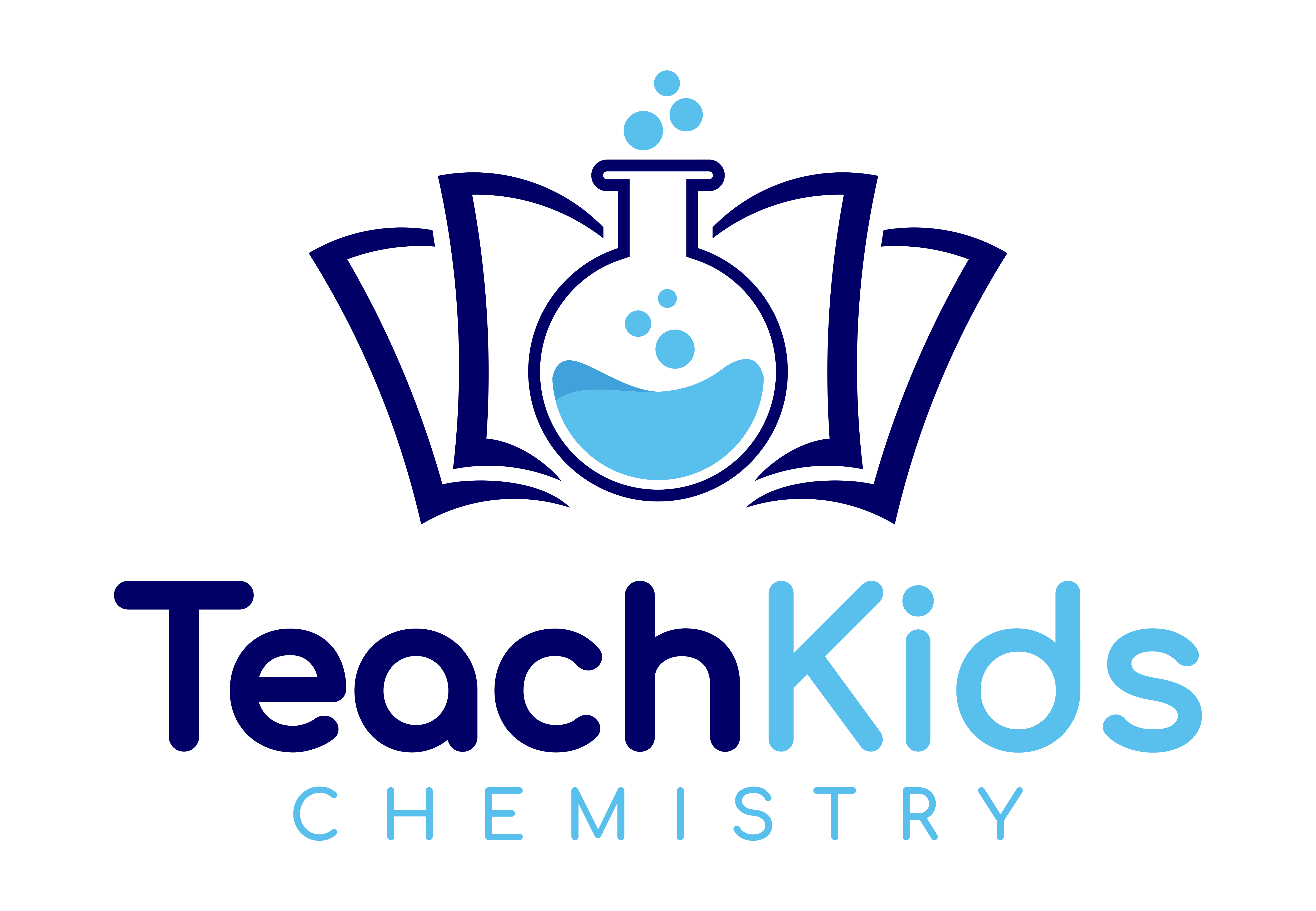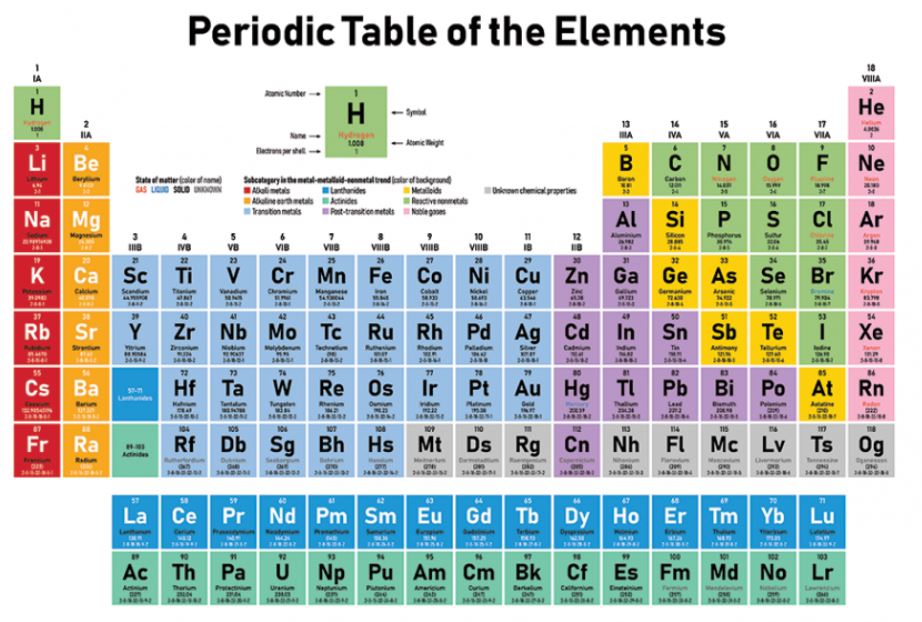Hello kids! Today, we are going to learn about an amazing element called rhodium. Rhodium is a shiny, silver-white metal that is very rare and valuable. It is a member of the platinum group of elements and is known for its high melting point, resistance to corrosion, and its ability to reflect light. Let’s dive in and explore the fascinating world of rhodium!
The Periodic Element Rhodium Overview
Rhodium is a chemical element with the symbol Rh and atomic number 45. It is a rare, silvery-white, hard, and chemically inert transition metal. Rhodium has an atomic mass of 102.9055 u and its nucleus contains 45 protons and 58 neutrons. It has 45 electrons in its shells, with the electron configuration being [Kr] 4d^8 5s^1. Rhodium is located in period 5 and group 9 of the periodic table. It is a solid at room temperature and is classified as a metal. Rhodium has an electronegativity of 2.28 and a specific heat capacity of 24.98 J/(mol·K). Its melting point is 1964 °C and its boiling point is 3695 °C. The density of rhodium is 12.41 g/cm^3.Rhodium is a rare and valuable metal that is used in a variety of applications. It is commonly used as a catalyst in the automotive industry to reduce emissions from vehicles. It is also used in the production of glass, as a coating for optical instruments, and in jewelry. Rhodium is a very hard and durable metal, making it ideal for use in high-temperature applications. It is also highly resistant to corrosion and tarnishing, making it a popular choice for jewelry. Despite its many uses, rhodium is a relatively rare metal, with only a few hundred tons being produced each year.
Everyday objects that contain the periodic element rhodium?
There are many everyday objects that contain chemicals or compounds that can be used to teach chemistry concepts. For example, baking soda and vinegar can be used to demonstrate chemical reactions and the production of carbon dioxide gas. Salt and sugar can be used to teach about solubility and the properties of solutions. Water can be used to teach about the properties of liquids and the concept of polarity. Additionally, household cleaning products such as bleach and ammonia can be used to teach about chemical reactions and the importance of safety when handling chemicals. By using everyday objects, students can better understand the relevance of chemistry in their daily lives.
Differences in the periodic element rhodium across states of matter
The state of an element can vary greatly depending on its temperature and pressure. At standard temperature and pressure (STP), most elements are either solids or gases. Solids have a fixed shape and volume, while gases have neither. As temperature and pressure increase, some solids can become liquids, which have a fixed volume but take the shape of their container. As temperature and pressure continue to increase, some liquids can become gases, which have neither a fixed shape nor volume. At extremely high temperatures and pressures, some gases can become plasmas, which are highly ionized and conductive. Plasmas are often found in stars and lightning bolts, and have unique properties such as the ability to emit light.
Is the periodic element rhodium dangerous or radioactive?
Rhodium is not considered a dangerous or radioactive element. It is a rare and valuable metal that is part of the platinum group of elements. Rhodium is used in a variety of applications, including catalytic converters in automobiles, jewelry, and electrical contacts. While it is not considered toxic, it is important to handle rhodium and its compounds with care, as with any chemical substance. As a chemistry teacher, it is important to emphasize the safe handling and disposal of all chemicals, including rhodium.
Is the periodic element rhodium rare and expensive?
Yes, rhodium is a rare and expensive element. It is a member of the platinum group metals and is found in very small quantities in the Earth’s crust. It is primarily used as a catalyst in various industrial processes, including the production of nitric acid and the refining of crude oil. Due to its rarity and high demand, rhodium is one of the most expensive precious metals, with prices fluctuating greatly depending on market conditions. As of 2021, the price of rhodium is around $25,000 per ounce, making it more expensive than gold and platinum.
Learn about all the elements with a periodic table!

